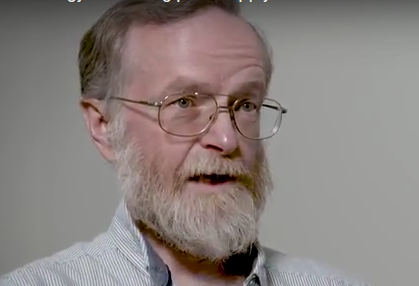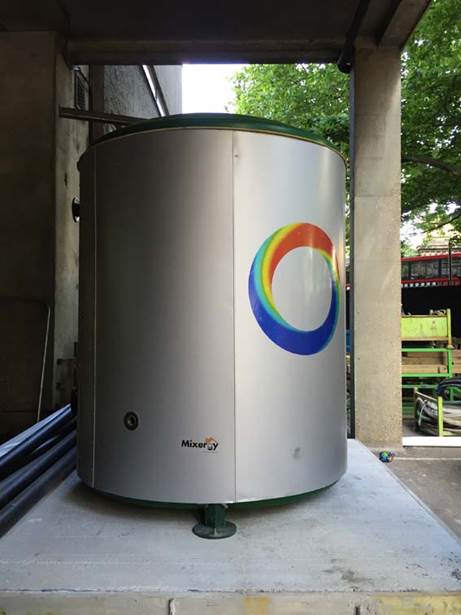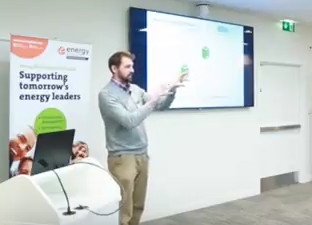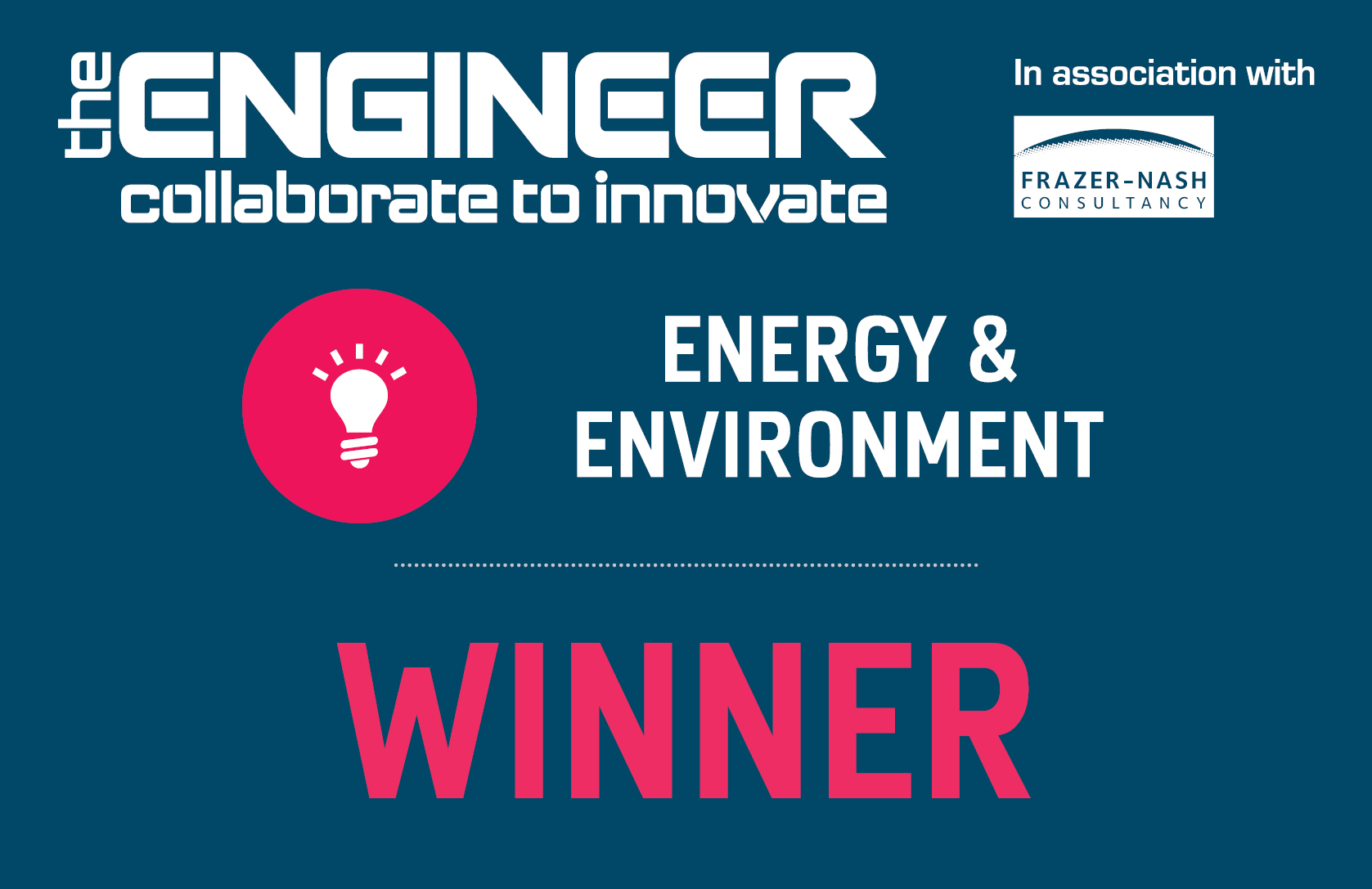BEN
Balanced Energy Networks
A Balanced Energy Network answers two of the most pressing problems now facing engineers:
- how to reduce on-site CO2 emissions (to nil) from heating
- how to reduce on-site NO2 emissions (to nil) from heating.
A Balanced Energy Network is a new form of district heating that circulates water at near ground temperature to each building on the network to allow each building to use its own heat pump to extract heat for heating, or to reject heat when it needs cooling.
The original BEN Project created the first Balanced Energy Network at London South Bank University with the help of funding from Innovate UK. The BEN Consortium, led by ICAX Ltd, is now able to offer to design and install Balanced Energy Networks for those who want to save energy, save costs and save carbon on an efficient flexible clean district heating network.
The advantages of Balanced Energy Networks
The advantages of Balanced Energy Networks are that they:
- are cheaper to install than a CHP-based district heating network
- are cheaper to run than a CHP network
- rely on heat transfer provided by heat pumps in each building
- do not employ combustion – or release any CO2 on site
- do not release any NOx or SOx on site – so they improve local air quality
- can provide cooling in summer, as well as heating in winter
- allow each building to control (and pay) for its own heating / cooling needs
- allow each building to earn revenue from the Renewable Heat Incentive
- allow each building to benefit from Demand Side Response
A Balanced Energy Network can serve new buildings and existing buildings
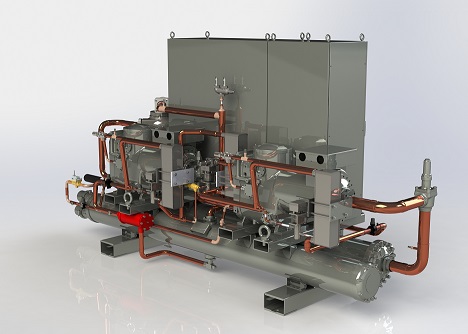
A BEN can serve new buildings that are designed to be heated by heat pumps using modern heat emitter systems such as underfloor heating, or air handling systems, that require lower flow temperatures of around 40°C.
A BEN can also serve older buildings that have been designed to be heated using heat emitter systems that require flow temperatures of 80°C to work well, such as radiators. In these cases it will be appropriate to specify high temperature heat pumps that are capable of delivering temperatures of 80°C in order to avoid the disruption of renovating the building with modern heat emitting systems.
Demand Side Response – Smart Grids
Where heating uses electricity from the Grid to power its heat pumps there are opportunities to benefit from Demand Side Response. The control system for the heat pumps can be linked in to a demand side aggregator who is able to provide a lower cost of electricity if the heating system is tuned to respond to changing price signals from the Grid in real time: Demand Side Management.
Smart Hot Water Storage
Where demand side response is in place there are opportunities to exploit this further when thermal energy storage is also available. Large insulated water tanks can be used to store heat that has been generated with low priced electricity for use at peak times.
Balanced Energy Networks Explained
See video of Balanced Energy Network Explained by Aaron Gillich.
The combination of a heat sharing network, thermal energy storage in buffer tanks, demand side response and exploiting the thermal mass of the buildings for heat storage enables BEN to provide a balancing service to the National Grid.
Renewable Heat Incentive
The Renewable Heat Incentive is a grant system from Ofgem that is paid over 20 years for newly installed renewable energy systems. The largest rates are available for heating systems that do not rely on combustion: heat pumps and solar thermal panels.

